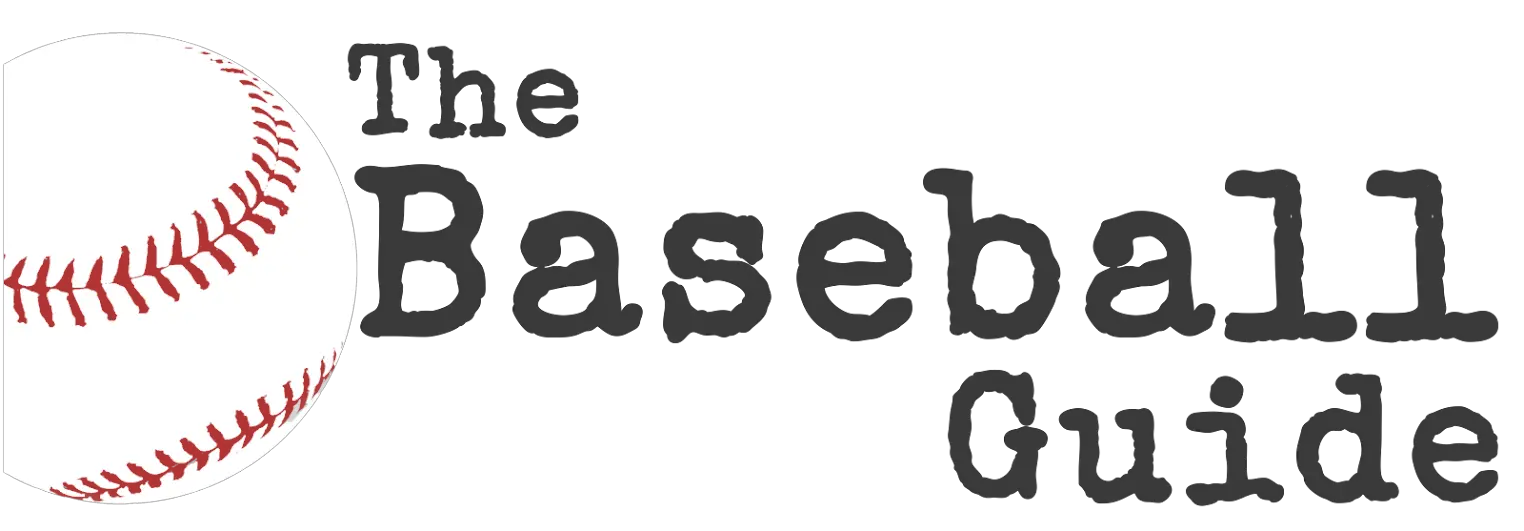Baseball, often referred to as “America’s pastime,” is a game steeped in history and tradition. One of the critical aspects that contribute to its strategic depth and intrigue is the incorporation of ground rules. Today, we are going to delve into the fundamental principles of these ground rules as they are applied in Major League Baseball (MLB). These rules not only govern how the game unfolds on the field, but they also provide a fascinating insight into the unique character of each ballpark within the league. So, let’s step up to the plate and get ready to learn about the ground rules in MLB!
What is the meaning of ground rules in baseball?
In baseball, ground rules refer to specific regulations that govern the game’s playing field, any objects nearby, and how to handle unique situations related to these elements. Every ballpark in Major League Baseball (MLB) adheres to a set of universal ground rules, ensuring a standardized approach across all games. However, individual ballparks have the flexibility to establish additional ground rules, provided they don’t conflict with the universal ones. This flexibility extends to the six MLB stadiums featuring retractable roofs, which have their own universal ground rules but can also set extra rules as needed.
Contrary to most sports, where the playing field is clearly defined, a baseball field’s playing area extends to the outfield fence in fair territory and the stadium seating in foul territory. This extension necessitates the need for ground rules to manage situations where the ball in play or the players might interact or interfere with these objects.
Every ballpark has its own distinctive design, including features like fences, dugouts, bullpens, railings, domes, photographer’s wells, and TV camera booths. As a result, the ground rules must be flexible enough to accommodate these differences while still adhering to the overall universal rules. This ensures that each ballpark can maintain its unique characteristics within the boundaries of the game.
Universal Ground Rules
The set of Ground Rules mentioned here is intended to apply uniformly across all 30 Major League ballparks, ensuring a consistent gameplay framework. This means that regardless of which ballpark you find yourself in, these particular rules will always be in effect. These specific Ground Rules may not be prominently listed or displayed at every individual ballpark. Let’s take a look at the universal ground rules:
- Catches are valid if made between or beneath railings and surrounding screens, or even on the field tarp.
- If a batted or thrown ball gets lodged in the rotating advertisements behind home base or along the first and third base stands, the ball is deemed out of play. However, if the ball rests on these signs without lodging in, it’s still in play.
- Certain ballpark-specific ground rules may override this rule.
- If a batted ball in flight hits a taller section of an outfield wall marked as fair territory higher than the top of the adjacent shorter wall and then bounces out of play over the shorter wall, it’s counted as a home run.
- Protective netting or the backstop screen struck by a live ball remains in play if located along the first and third base lines.
- However, if a ball hits protective netting behind areas deemed out-of-play such as dugouts or photographers’ areas and bounces back onto the field, it’s considered a dead ball.
- In stadiums with a roof, a batted ball that becomes lodged in the roof above fair territory is considered dead. In such instances, all runners, including the batter-runner, are awarded two bases.
- Backstop screen-mounted robotic cameras are treated as part of the screen. A batted ball hitting such cameras is a dead ball, but a thrown ball hitting these cameras is still in play.
- The top step or lip of the dugout is considered part of the playing field. Any ball landing here remains in play.
- Equipment left on the dugout’s top step is not allowed. If the ball strikes such equipment, the play is dead.
- A player may not enter the dugout to catch a ball. However, they can lean into the dugout to complete a catch.
- When a player catches a ball outside the dugout, momentum carrying him into the dugout doesn’t negate the catch. The ball remains live unless the player falls within the dugout.
- Railings around the dugout and photographers’ areas, including attached cameras or microphones, are considered in play.
- Recessed railings or poles in the dugout and photographers’ area are not considered part of the playing field and should be marked red to indicate they’re out of play.
- A ball that hits the guy wires supporting the backstop is declared a dead ball.
- If a ball hits the supporting wires of the backstop, it is considered a dead ball.
- A ball that gets lodged behind or beneath the canvas on the field tarp is out of play.
- In contrast, if a ball hits the field tarp and then bounces back onto the field, it’s considered in play.
- Bringing chairs onto the playing field from the dugout or bullpen is prohibited.
- All lines marked in yellow are part of the playing field and are in play.
- Conversely, if a batted ball in flight strikes the shorter wall in fair territory, then bounces out of play over the adjacent taller wall, it’s considered a dead ball with all runners, including the batter-runner, granted two bases.
